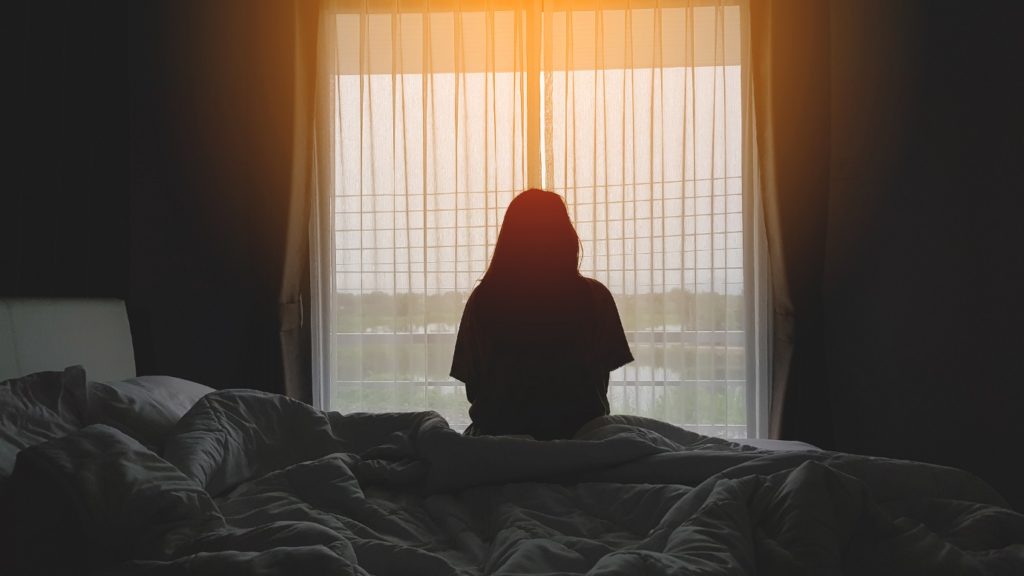Women in the US spend billions more each year on healthcare compared to men — shelling out up to $US15.4 billion more for out-of-pocket medical expenses such as copayments and deductibles. And that’s not even including pregnancy costs.
A report released by Deloitte this week showed that despite women and men paying identical prices for insurance premiums, women used their health insurance 10 per cent more than men. Insurance companies also routinely cover less for services used by women compared to those used by men.
The report, which cites the additional financial burden women face in the gender wage gap, exposed the medical spending habits of 16 million US adults over 19 years of age with company-sponsored health insurance plans.
Researchers analysed and identified sequences of gender inequity they found in the data collected between 2017-2022 and found that “the pink tax” is well and truly pervasive.
First coined in the 90s, the pink tax refers to the inflated cost of similar products that women pay for compared to men, such as personal care products, laxatives, clothing, and health insurance.
The report from Deloitte identified other factors contributing to the pink tax forced upon women, including frequent gynaecological appointments, treatment and management of menopause, girls being given earlier age recommendations for annual checkups compared to boys, and the higher costs of certain cancer screenings (such as breast cancer imaging) compared to imaging needed for other kinds of cancer.
The main categories of spending for women in the research (excluding maternity) included radiology, laboratory, mental health and emergency room visits.
“[women] consistently derive lesser value for each health care premium dollar spent,” the report found.
“On average, under single coverage, female employees have approximately $266 more out-of-pocket spending per year than male employees (just over 18 per cent more than men’s out-of-pocket costs), which excludes pregnancy-related services.”
The gender toll faced by women financially can also impact negatively on their health, according to Dr Kulleni Gebreyes, US chief health equity officer and life sciences and health care sector leader for Deloitte.
“Financial stressors can lead to health problems and delays in care, which can further perpetuate a cycle of preventable health care consumption, thus compounding expenses,” Dr Gebreyes said.
“As leaders in business, health care, and society, we have an opportunity to make intentional efforts to close this gap.”
The report recommends companies examine and redesign their health care benefits to balance the beam. Deloitte is also developing cross-sector collaborations and tools to address the “disparities in the drivers of health, racism and bias, and structural flaws in the health system,” as the report states.
“Health care and business leaders have a real opportunity to create meaningful change for their workforce. Based on the data on medical costs for women, we recommend an intentional review of benefit design coverage with focused analysis of impact on men, women, and individuals of any gender.”
Here in Australia, women spend more on out-of-pocket healthcare costs than men — with poorer women (under 65) struggling to afford the cost of care.
A 2022 report by the Grattan Institute found that younger women spend more than men their age, “…probably due to a number of factors, including maternal healthcare costs, and higher rates of chronic conditions,” the report revealed. Women were also twice as likely as men to forgo care due to cost for services including appointments to the GPs, specialists, and obtaining prescriptions.
A report by the Australian Institute of Health and Welfare earlier this year found that women experience a greater share of the total burden from some disease groups compared to men, including reproductive & maternal conditions, blood & metabolic disorders such as iron-deficiency anaemia, neurological conditions and musculoskeletal conditions.
The costs to these additional needs:
Contraceptions
In Australia, 26 brands of oral contraception aren’t on the national Pharmaceutical Benefits Scheme, which means they are completely unsubsidised. Some pills are costing women up to a dollar a day. The latest products released earlier this year are costing more than triple the price of previous pills. Emergency contraception remains unsubsidised and can cost up to $40 for a single dose.
Fertility care, Pregnancy & Reproductive health
As the average age of women giving birth across developed nations (including Australia) is increasing, the number of women experiencing challenging pregnancies has increased — which means women are forking out more money for fertility care.
Pregnancy-related services can include contraception, unwanted pregnancy, miscarriage, endometriosis, fertility and pregnancy difficulties.
In Australia, one round of IVF can cost anywhere between $5000-$15,000. Egg freezing can cost between $6000-$12,000, with average monthly storage costing up to $50.
Endometriosis, which affects between one in seven and one in nine Australia women — is estimated to cost women up to $2.5 billion yearly in direct healthcare costs.
Diagnosis often takes years, and appointments with specialist doctors can cost up to $500 each visit.
Menstrual needs
Across the average woman’s lifetime, she will spend up to $10,000 in total on period products. Recently, women and young girls continue to struggle to pay for period products as inflation soars. Alternatives to pads and tampons such as menstrual cups or period underwear are priced higher – making such products inaccesible for many.
For First Nations women, systemic barriers exacerbate their lack of access to menstrual health products and pain management. For those who live in remote communities, the cost of period products is also higher due to freight costs and a lack of competition in those areas.
Menopause
In Australia, menopause costs women more than $17 billion in lost earnings and superannuation, while in the US, it costs American women an estimated $1.8 billion in lost working time per year.
Treatment such as postmenopausal hormone therapy can cost hundreds of dollars per month. A recent US study found that medical and prescription costs for menopausal women between 45-54 are 47 percent higher on average than the general population of women in the same age bracket.
In the past 12 months, some hospitals across NSW have opened free specialised care at health hubs dedicated to treating women with severe menopause symptoms including hot flushes, pain, bone density loss and incontinence.



